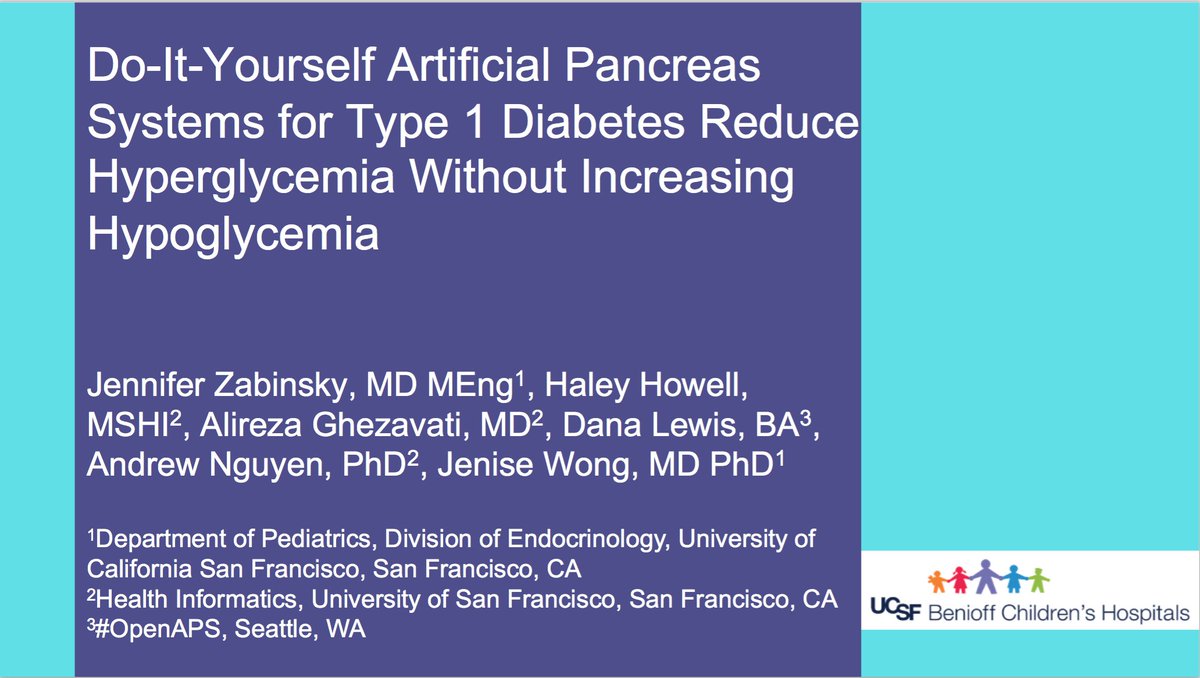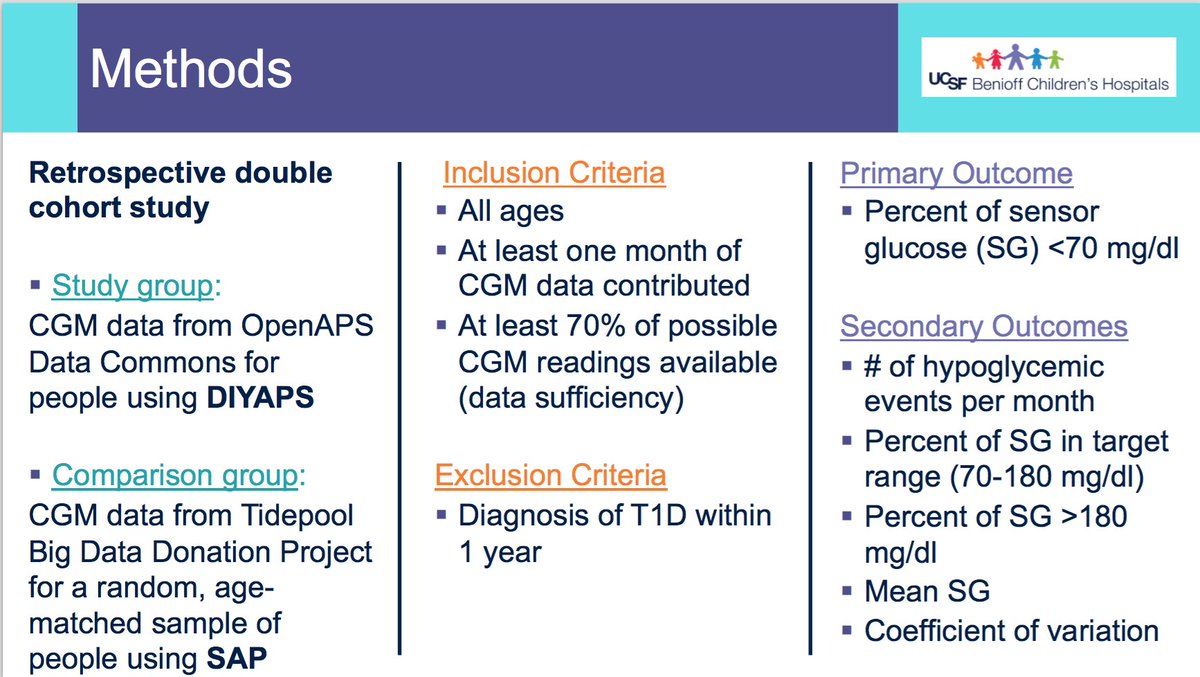Holy #LanguageMatters. I wish I could teleport @RenzaS to where I am. There’s so many poor language choices and stigma happening that I don’t even know where to start as an audience member to this presentation.
😑🙈🙉🙊
Realizing that next week marks *17* years of living with type 1 diabetes and so much has changed but at the same time, nothing has. The stigma I am hearing today in this room as a person with diabetes is exactly how I felt when diagnosed in 2002.
I am upset about it to the point of tears and I have to address it in my own presentation in a few hours. I may actually tear up on stage, which I’ve never done before, because it’s so frustrating.
Wrote email to conf organizer (there’s no breaks in sessions before my talk) & got best possible response back (Roughly: thanking for feedback, asking what they can do to help, offering to talk more). 👍🏻 that’s helping, although I still plan to address the audience about it.
Ducked out & chatted in person w/ conf organizer to tell them I’d be addressing issue of language and stigma at start of my talk, tying it to my own experiences as well. They are very supportive of my plan. Teared up talking to them so likely will also get choked up on stage.
Both in email and in person, conf organizer was amazingly receptive to the real-time feedback and talking through the issues. It really, really helps to have people who are supportive in situations like this, because it’s very hard to challenge a room full of HCPs as a patient.
Phew. Gave talk, modified w/ intro to address stigma & how we treat people with diabetes in HC and in society and how we need to do better. Then segued back to the usual. Did not cry on stage but it was close. Not sure how effective it was but glad I used the stage to speak up.👍🏻
Thanks everyone for the digital/virtual encouragement today. That, too, helps fuel advocacy. 💜🙏🏼
• • •
Missing some Tweet in this thread? You can try to
force a refresh










